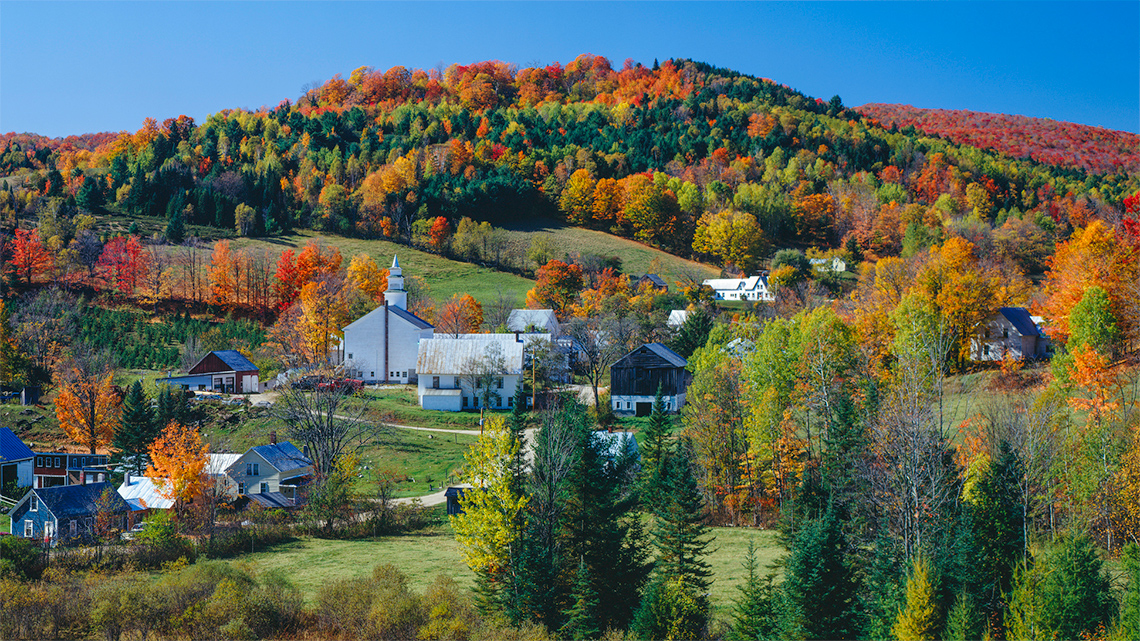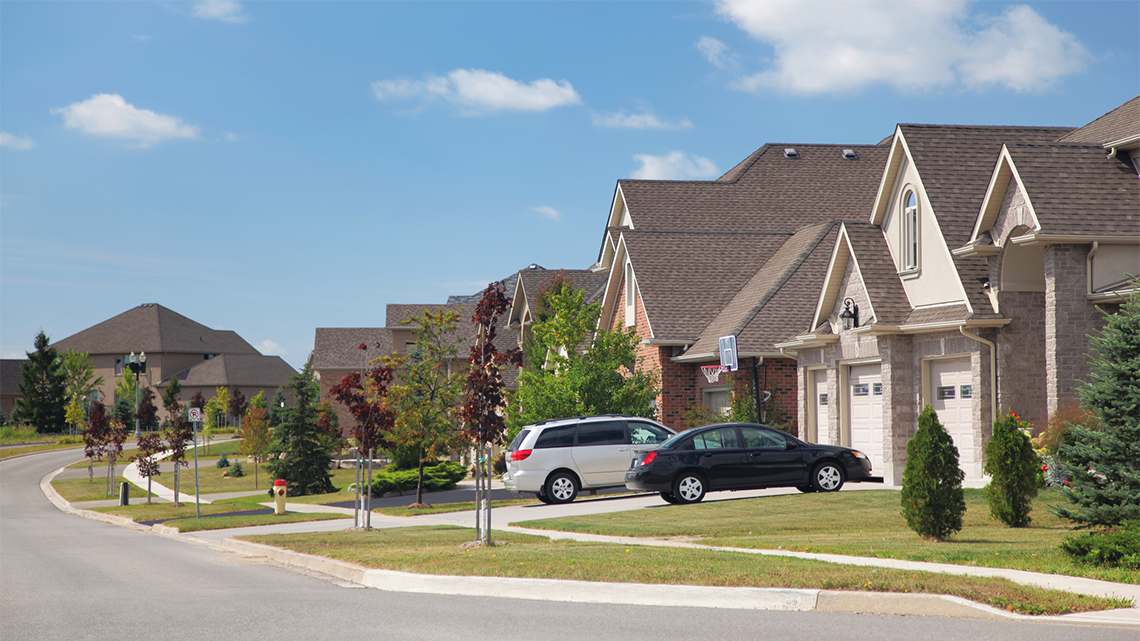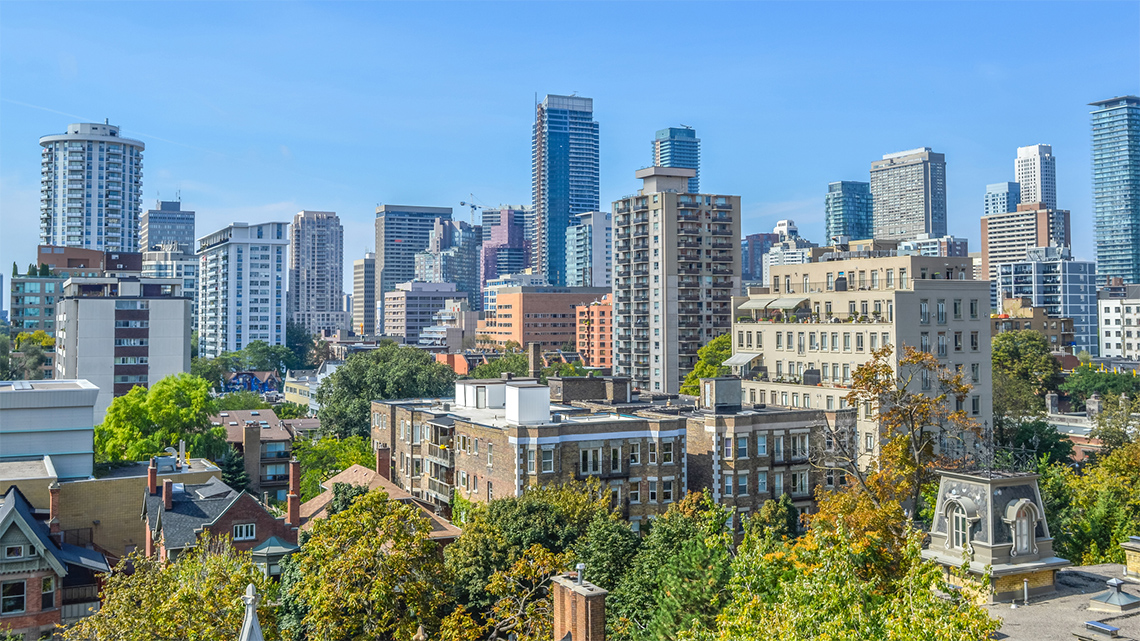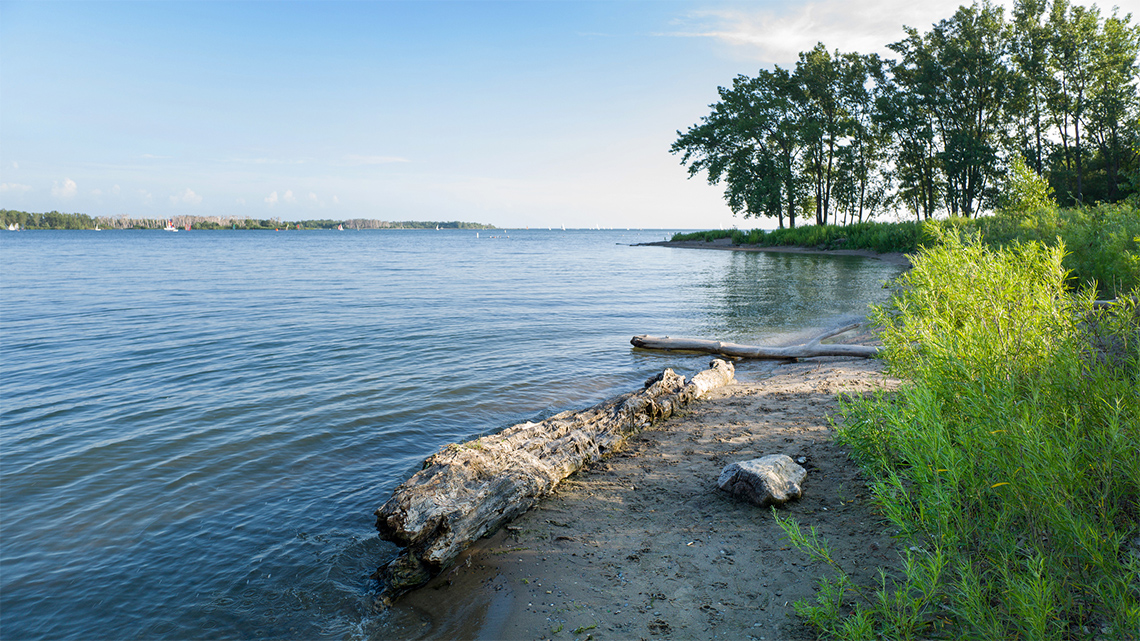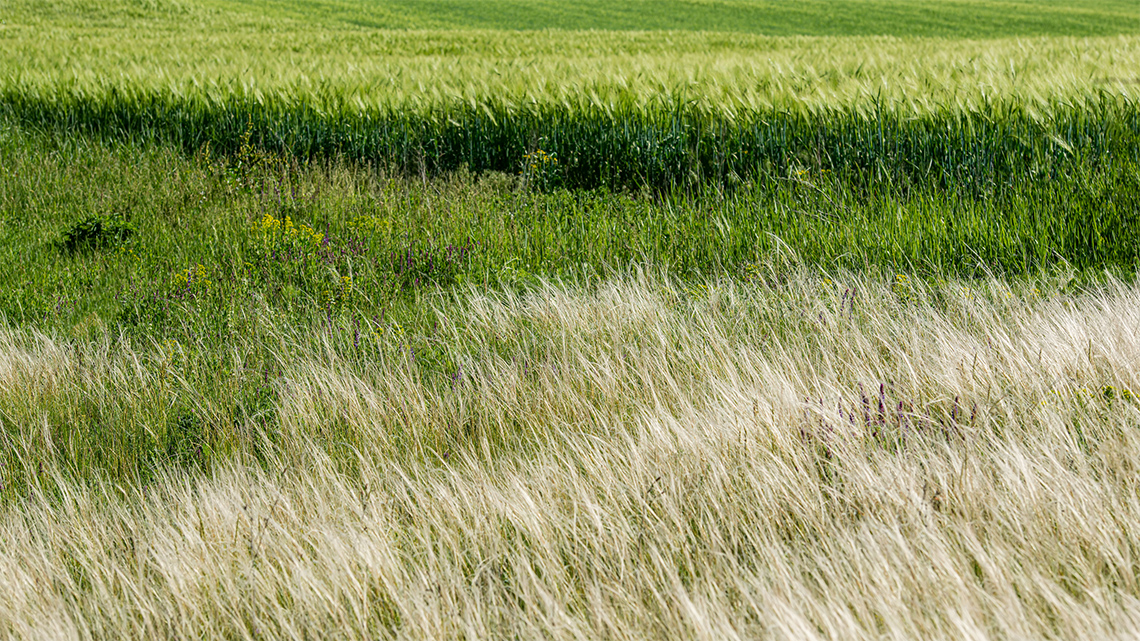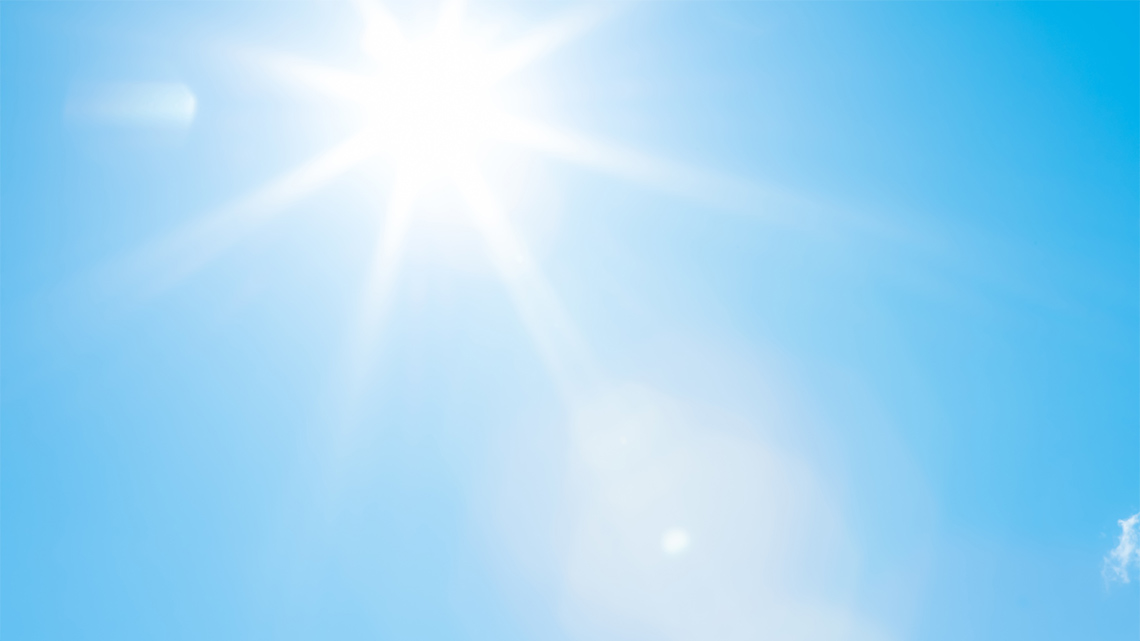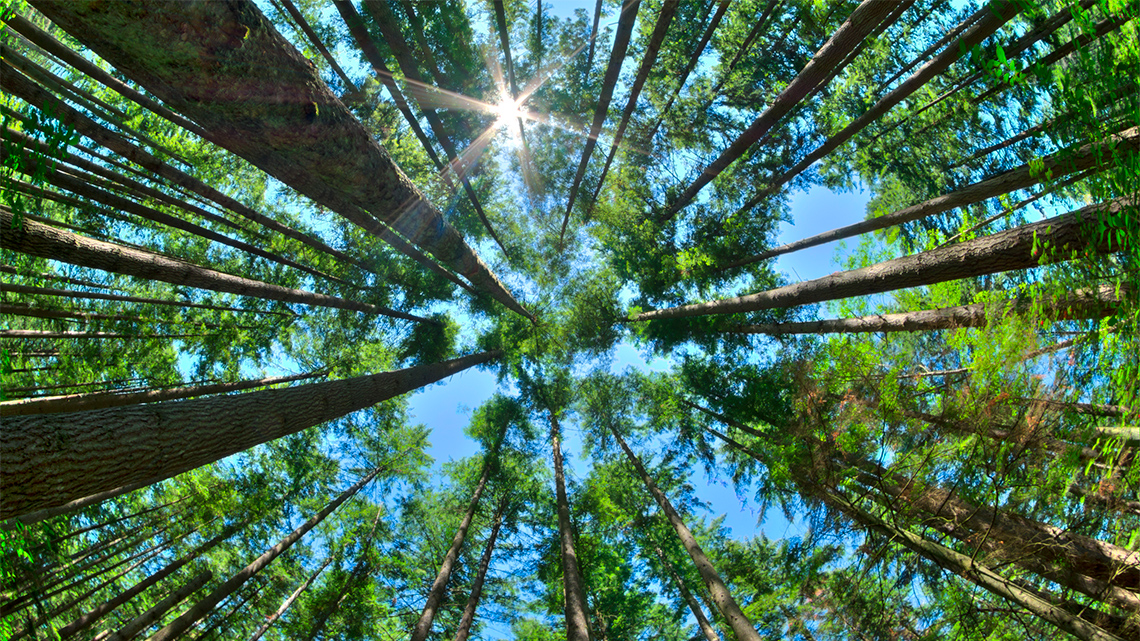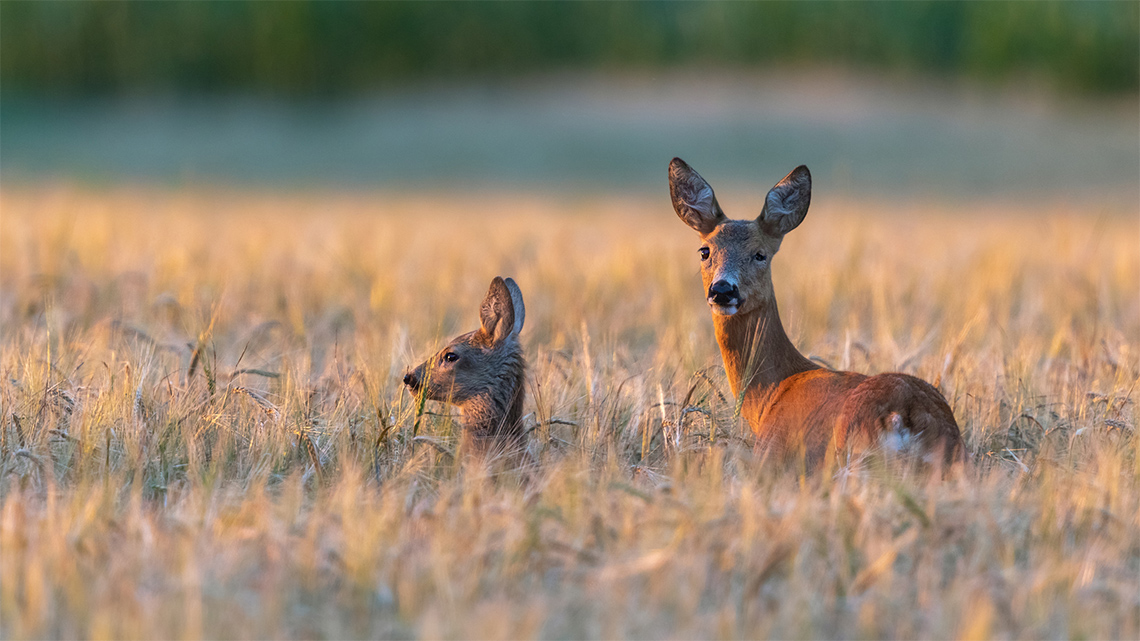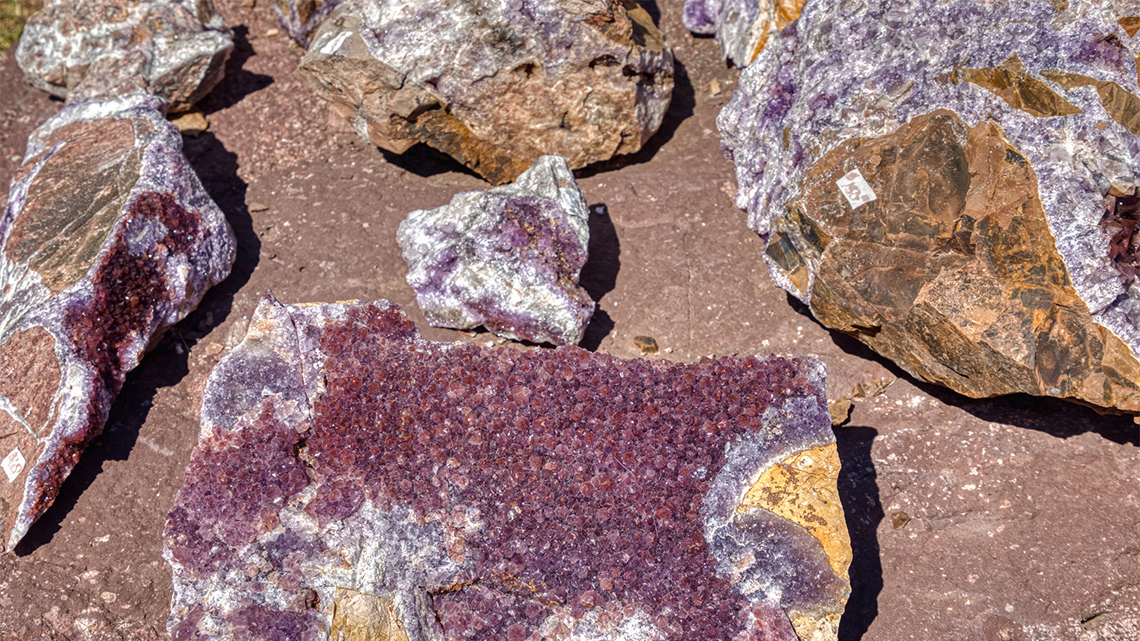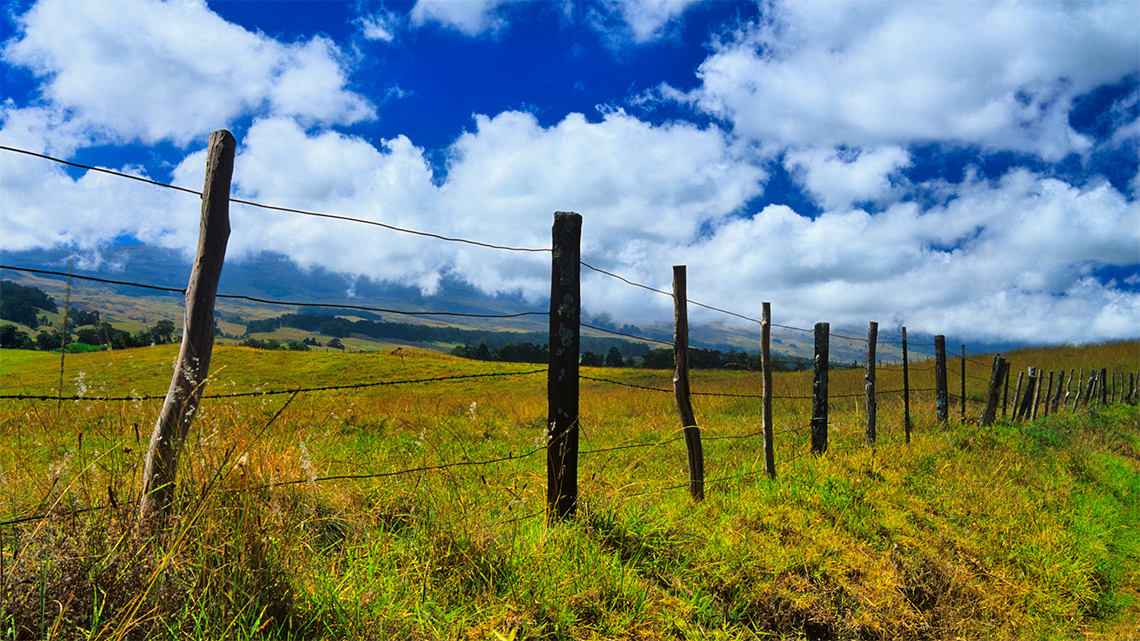Minds On
Features of a community

Take a moment and think about the community where you live.
- What are some of the features in your community?
- Are you in or near a big city? A small town? Farmland?
- What natural features are in or close to your community? Are there rivers? Forests?
- What is one thing that makes your community unique?
Let's explore the following communities and their descriptions:
Choose the image and description that is the most similar to your community.
- What makes it similar?
- What is not the same between your community and the one you chose?
Record your ideas in a notebook or a method of your choice.
Action
Natural resources

People need to interact with nature in order to survive. We need and use many of the natural resources found here in Ontario.
What are natural resources?
Press ‘Natural Resources’ to reveal the definition of natural resources.
Can you think of any other natural resources that are found here in Ontario? If possible, brainstorm some other natural resources with a partner.
Record your ideas in a notebook or a method of your choice.
Press ‘Answer’ to access the natural resources found in Ontario.
Natural resources found in Ontario are:
- water
- air
- sun
- forests
- fish and wildlife
- minerals
- conservation area
Press ‘Natural Resources’ to reveal more about some of the natural resources found in Ontario.
Brainstorm
Let's Think
Choose one of the following questions to answer:
- Why might people want to live close to water?
- Why might people want to live close to a forest?
- Why might people want to live close to conservation areas?
Record your ideas in a notebook or a method of your choice.
If possible, discuss your answer with a partner.
Task 1: Communities in Ontario
There are three types of communities in Ontario:
- Suburban communities
- Urban communities
- Rural communities
Let’s investigate each one!
What do you think each type of community might be like?
Press ‘Hint’ to reveal a hint about types of communities.
Record your ideas in this activity and, if possible, discuss your ideas with a partner.
Complete the Communities Chart in your notebook or using the following fillable and printable document.
You can also use another method of your choice.
| Suburban |
| Urban |
| Rural |
Press the ‘Activity’ button to access the Communities Chart.
Task 2: Communities and resources
Now that you had a chance to brainstorm what you think each community is like, explore the following picture of the three different types of communities:

What do you notice about the similarities and differences amongst the three different types of communities?
Record your ideas in a notebook or a method of your choice.
Press ‘Let’s check!’ to access the similarities and differences of the three different types of communities.
The first part of the picture is an example of an “urban” community. It is filled with buildings and houses of all sizes. They are built close together and there is not a lot of land in between.
The middle picture is an example of a “suburban” community. The houses are spaced apart. In between, you may find fields and parks.
The last picture is an example of a “rural” community, where the houses are far apart from each other with a lot of unused land in between. It is where you may find farms, forests and pastures.
Natural Resources
Let’s think about the natural resources we learned about at the beginning of the Action section.
Which community or communities might have been built around each type of natural resource? Why do you think this?
Record your ideas in a notebook or a method of your choice.

- Forest
- Water
- Minerals
- Conservation areas
- Fish and wildlife
- Sun
- Air
Press each tab to find out which communities might have been built around each type of natural resource.
Consolidation
Review your learning

Reflect on your learning by answering the following questions.
- What type of community might be established in an area that is heavily forested?
- Why are many towns and cities located near lakes and rivers?
- Why are natural resources an important part of many communities?
- Share your thoughts with a partner, if possible.
Protecting natural resources
The natural resources found in the Ontario area are connected with the natural environment. Communities are built around these natural resources.
What are some ways that we can help to protect our natural resources that are found around our communities?
Create an “Idea Board” which is a space where you can record your ideas about how we can protect our natural resources. Be creative and organize your “Idea Board” in any way you wish. This could be in your notebook, on the computer, or another method of your choice!
Be sure to include the following:
Checklist
Example Idea Board:

My Idea Board. One way we can protect a forest area that is beside a suburban community would be to fence the area that needs to be protected and put signs in the forest area to explain what important plants, trees, and animals are found in this area. Then there is an image of a forest. One way we can protect a creek in an urban community would be to place garbage cans nearby and make sure that no litter can make its way into the water. Then there is an image of a creek.
Reflection
How do you feel about what you have learned in this activity? Which of the next four sentences best matches how you are feeling about your learning? Press the button that is beside this sentence.
I feel...
Now, record your ideas about your feelings using a voice recorder, speech-to-text, or writing tool.
